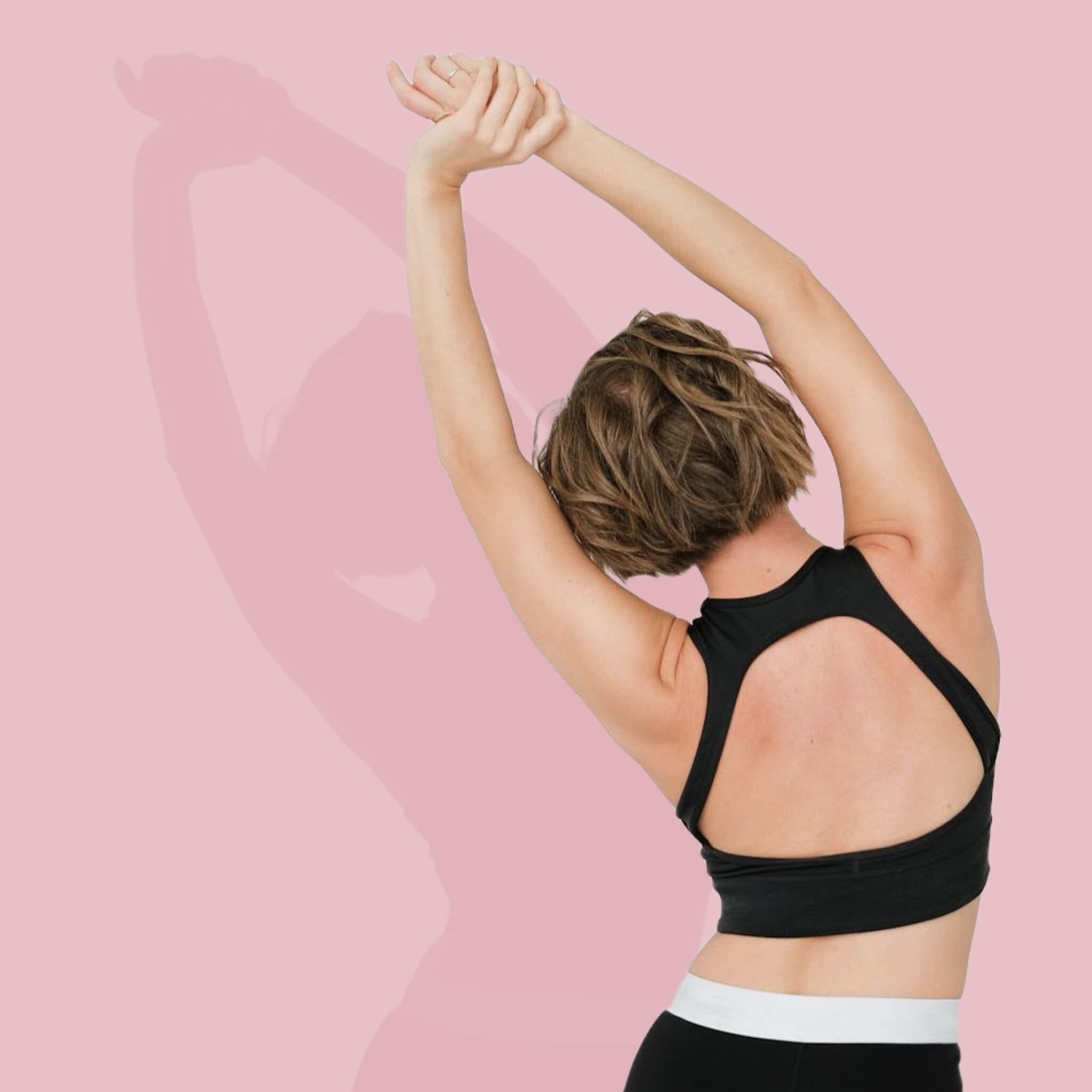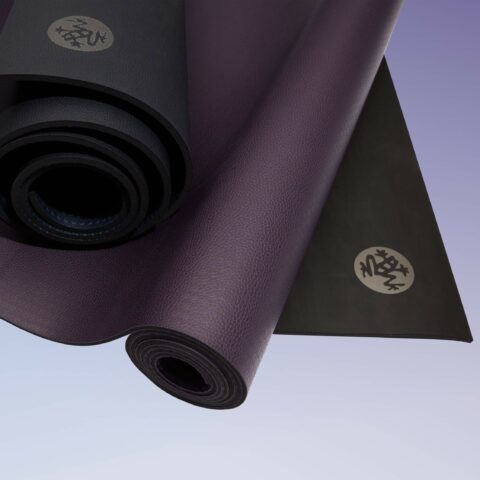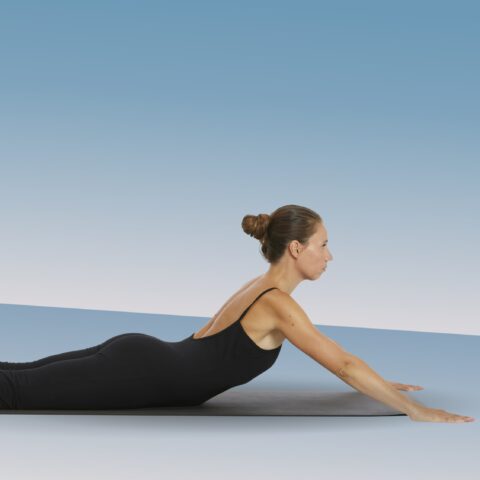Does at home Pilates work?
Mat Pilates classes can be a convenient and cost-effective alternative to studio classes. The main focuses of Pilates practices: core stability, body alignment, and mindful breathing all translate well to a home environment.
However, home workouts come with challenges like maintaining correct form and discipline without the oversight of a Pilates instructor. Together we’ll explore how to overcome these challenges to create an effective routine from the comfort of your home that’s just as effective as a studio class.
Key Takeaways
- Mat Pilates can be effectively practiced at home.
- Self-discipline and correct form are crucial for a successful Pilates routine.
- Despite the convenience of home workouts, professional guidance in person can enhance the effectiveness of Pilates.
What to expect from a home practice
A Pilates workout at home can be just as effective as training at Pilates studios, provided you remain consistent and dedicated.
As a beginner, it’s important to understand that each Pilates exercise emphasizes specific movements that are low impact and target various muscle groups to build muscle strength, develop core strength, and increase flexibility throughout your entire body.
This focus on developing the core enhances posture, strengthens your core, and stabilizes the body in a way that can help rehabilitate a myriad of issues from joint pain to back pain.
Here are a few things to think about as you get ready for your first class:
- Dedicated space: Set up a comfortable, distraction-free area for your class to maintain focus.
- Begin with basics: Start with simple exercises like bridging or knee floats and gradually increase complexity as you improve balance and strength.
- Core techniques focus: Concentrate on mastering the essentials – proper breathing, correct alignment, precise movements, and engagement of the core.
- Adapting: Listen to your body and modify your movement to match your fitness level as you begin and as you progress.
Take time to determine goals and what you hope to get out of a Pilates class to help you keep up with your movement, especially when you reach a week where you don’t feel motivated.
Once you know your why, you can build a comprehensive routine at home that supports your goals.
Benefits and challenges of home Pilates workouts
When exploring a home workout approach to your sessions, you’ll quickly discover the many benefits of Pilates in your own space that could make this the more effective option.
Still, there are unique challenges you might face with a home workout, and it’s important to prepare for how you can overcome them to make your workout as effective as studio classes.
Benefits
Flexibility in scheduling
There’s no need to align with studio class schedules, giving you freedom to move whenever you like. This flexibility can help maintain consistency, making your workout routine more effective than if you were trying to fit a studio class into your schedule .
Personalized exercise
Whether you’re looking to do a beginner class, focus on a core class, or incorporate cardio into a full body Pilates workout, practicing at home means you can tailor your exercise to your specific interest or mood.
This customization can make each session more enjoyable and more effective toward your goals.
Cost savings
One of the biggest benefits of Pilates at home is you eliminate the need for pricy memberships, as well as the travel costs associated with getting to and from classes.
Turning to online Pilates platforms like BAY STUDIOS+ can provide high-quality instruction at a fraction of the cost of in-person classes with new challenging classes to discover each week.
Privacy and comfort
Home exercise offers a private and comfortable space to learn, making it easier to concentrate on technique and personal progress. It also allows you to master each pose and technique at your own pace.
Challenges
Lack of professional guidance in person
Without an instructor present, it’s challenging to know if you’re performing movements correctly. Online platforms like BAY STUDIOS+ give you the opportunity to exercise alongside professional instructors with detailed explanations and common mistake corrections to make sure you’re getting the most out of your workout.
Maintaining proper form
Pilates requires precise movements, and incorrect form can lead to less effective workouts, pain, or even injury. In addition to practicing alongside online platforms, you can check your form in front of a mirror to ensure you’re moving properly, engaging the correct muscles, and ensuring injury prevention.
Staying motivated
Without a group setting, you might find it harder to stay committed. Setting specific goals and finding an online platform you’re excited about can help sustain motivation.
You can also commit to a personal health challenge such as practicing Pilates at the same time each week for eight weeks to develop a routine.
Making your mat Pilates classes more effective
Adding the right equipment
A great workout doesn’t necessarily require fancy equipment. Joseph Pilates first designed Mat Pilates exercises without equipment that deal entirely with low impact, body-weight activities.
However, if you’re interested in adding equipment to your home gym to support or challenge your Pilates sessions, we’ve created a comprehensive guide to Pilates equipment to introduce you to everything from weights to machines typically found in a Pilates Reformer class.
For starters, Mat Pilates is the foundation and requires just that: a Pilates mat. Opt for a mat with sufficient cushioning to support your spine during various exercises.
If you want to level up your home sessions, consider incorporating:
- Weights: Handheld weights or wrist weights enhance your workout by providing weight to strengthen muscles.
- Resistance Bands: Offering different levels of resistance, resistance bands can substitute for the tension typically provided by weight training activities.
- Pilates Ring: This tool, also known as a magic circle, this portable helps maintain proper form and adds resistance.
If you’re not ready to invest in equipment just yet, look for household items that can serve as effective substitutes, such as using a sturdy chair for balance or books as a weight.
Tracking progress and adjusting your approach
To ensure your at-home Pilates workouts are effective, tracking progress is vital. Your goals might center around strength, flexibility, pain management, or just general health and wellness.
Create a simple tracking system for consistency to monitor how you feel as you advance in Pilates. You might keep a journal or practice the same video or Pilates movement from time to time to gauge whether or not you are advancing.
You can also plan to advance in the difficulty level classes with consistent practice every eight weeks to continue to challenge yourself.
If you aren’t seeing improvements, it might be time to adjust your exercises.
- Are workouts too easy? Increase repetitions or add more challenging variations.
- Issues with control? Concentrate on the precision of your body movements.
- Not making it to your mat? Incorporate your Pilates classes like an appointment in your schedule.
Remember, variations in Pilates exercises target different muscles and ranges of motion in your joints, which can enhance your control with each exercise, improve posture, and increase flexibility.
By being systematic in tracking your progress and willing to adjust your approach, your Pilates journey will continue to evolve.
The effectiveness of at-home Pilates: A closer look
At-home programs have transcended traditional studio settings, offering a flexible option for strengthening the body.
As we’ve discovered, practicing from home with the right concentration, tools, and platform can make your workout just as effective, if not more, as those in a studio.
When comparing a home experience to Pilates studio experiences, the difference often lies in the presence of professional Pilates instructors.
In a studio, instructors provide immediate feedback and adjustments, ensuring proper form and technique. Conversely, at-home sessions rely on self-discipline and the right platform to guide you.
Whatever your preference for Pilates space, it’s crucial to remain consistent and dedicated if you want to advance in your personal goals.
If you’re contemplating the transition from group classes to an at-home routine, consider the following aspects:
- Do you have the discipline to maintain regular workouts?
- Can you take steps to ensure proper form?
- Are you comfortable using an online platform to guide your practice?
In conclusion, Pilates at home does work to attain and maintain fitness goals.
However, the success of this approach largely depends on your commitment and the quality of instructional resources at your disposal.
Frequently asked questions
Find answers to common questions about practicing Pilates from home.
How long should I practice Pilates daily to notice fitness improvements?
Aim for at least 20 minutes of Pilates daily. As you progress, you might want to extend your time to 45-60 minutes for more intensive sessions.
Are there benefits to using a Pilates platform over traditional workout methods?
Using a Pilates app can offer guidance, variety, and tracking features that may not be available in traditional workout methods, making it easier to stay motivated and measure your progress.
Is it possible to achieve body transformation through consistent Pilates practice at home?
Consistent practice can lead to transformation by improving posture, increasing flexibility, and developing a stronger more controlled core.
What are some proven strategies for beginners to start Pilates at home?
Beginners should start with basic Pilates exercises to build a foundation and gradually increase the intensity as their strength and flexibility improve.
Consider incorporating online tutorials or following alongside a Pilates platform to ensure proper form.
Is it possible to take a Reformer class at home?
There are resources to guide you through Pilates reformer workouts from home, if you consider investing in a Reformer machine.
If that’s not an option, you can also use household items to mimic the controlled, weight training, or cardio-based exercises typically done on a Reformer machine.







